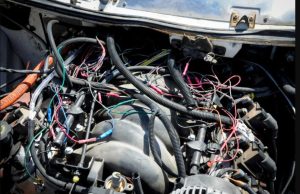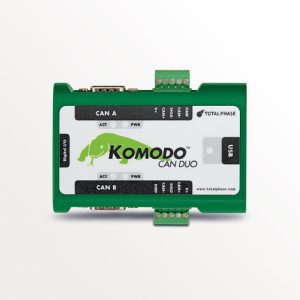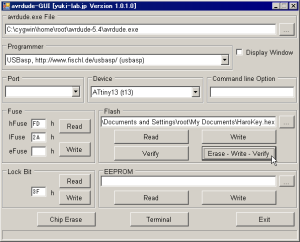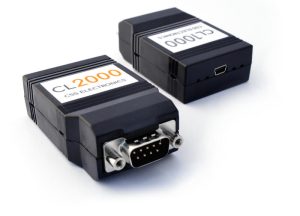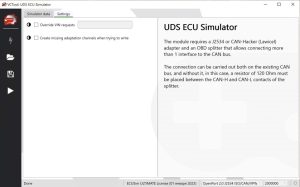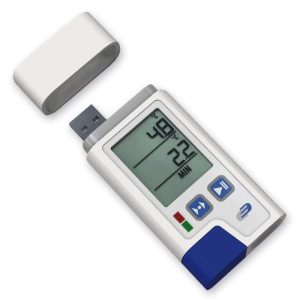If you’ve ever worked with a CAN bus system, you know that it’s not always smooth sailing. There are a number of common problems that can arise, from incorrect wiring to configuration errors. In this post, we’ll take a look at some of the most common CAN bus problems and provide guidance on how to troubleshoot them.
Problem 1: Incorrect Wiring
One of the most common problems with CAN bus systems is incorrect wiring. If the wires are not connected properly, the system won’t work. Check that the wires are properly connected to the CAN bus controller, the transceiver, and the terminating resistor. Also, make sure that the wiring is shielded to prevent interference from other sources.
Problem 2: Configuration Errors
Another common problem is configuration errors. This can happen if the wrong baud rate or ID is used, or if the bit timing is incorrect. Check the configuration settings to ensure that they are correct. If you’re not sure what the correct settings are, consult the documentation for your CAN bus controller.
Problem 3: Power Issues
If your CAN bus system is not receiving power, it won’t work. Check that the power supply is connected and providing the correct voltage. Also, check that the fuses are not blown and that the wiring is not damaged.
Problem 4: Bad Transceiver
If your transceiver is bad, it can cause a number of problems, including communication errors and lost messages. To troubleshoot this problem, you can replace the transceiver with a known-good one to see if the problem is resolved.
Problem 5: Noise and Interference
CAN bus systems are susceptible to noise and interference from other sources, such as electrical motors or power lines. If you’re experiencing communication errors, try adding a shielded cable or ferrite beads to filter out noise and interference.
Problem 6: Incorrect Termination
If the terminating resistor is missing or incorrectly installed, it can cause communication errors and lost messages. Make sure that the terminating resistor is properly installed and has the correct resistance value.
In conclusion, CAN bus systems can be finicky, but with a little troubleshooting know-how, you can quickly diagnose and fix common problems. Remember to check your wiring, configuration settings, power supply, transceiver, noise and interference, and termination to ensure that your CAN bus system is running smoothly. Happy troubleshooting!


